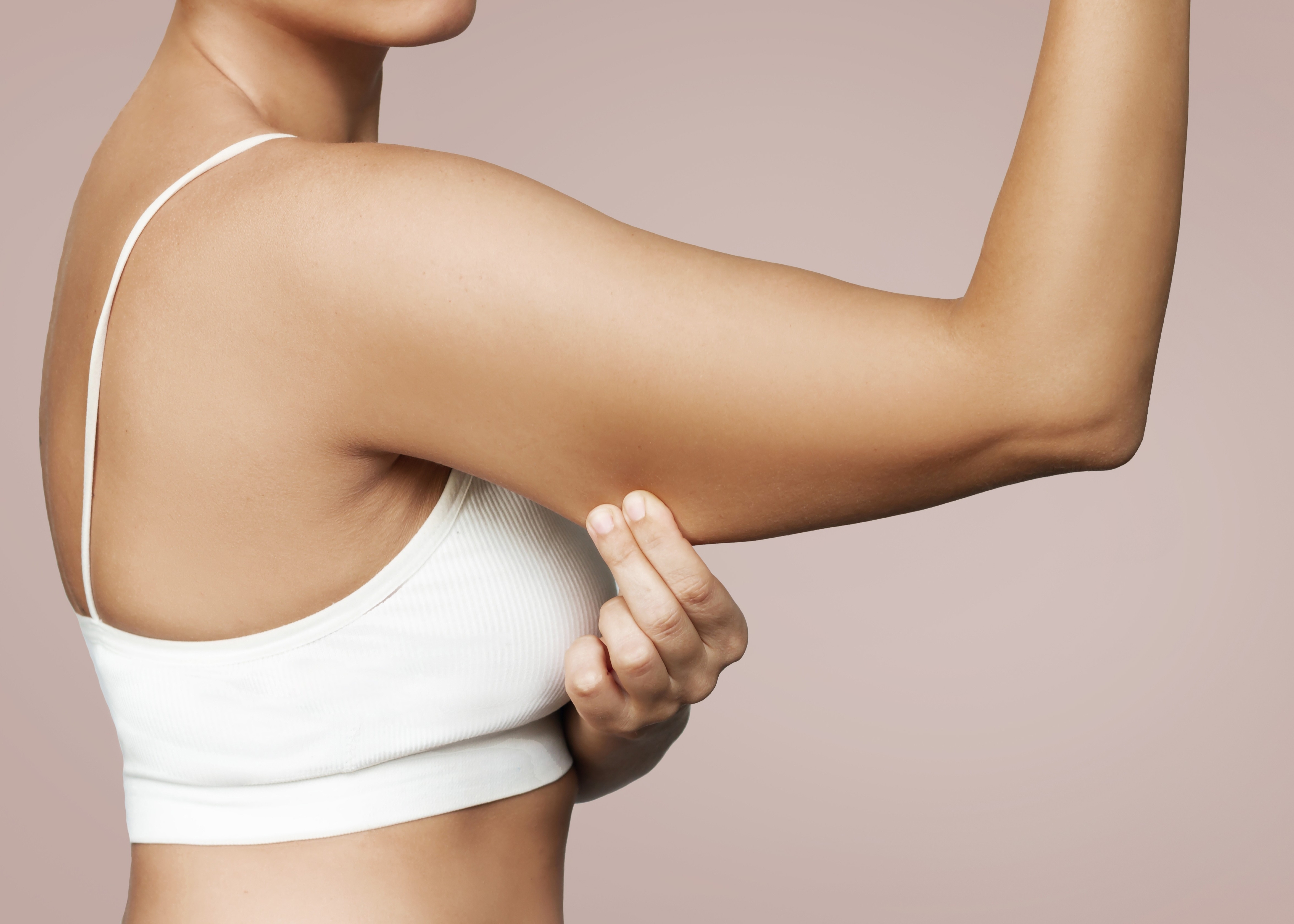Arm Liposuction
Sculpt Your Arms
Arm liposuction is a targeted cosmetic surgery designed to eliminate localized fat deposits in the upper arms. By making small incisions, a surgeon inserts a cannula to loosen and suction out fat cells beneath the skin. This results in a more contoured and toned arm shape. Good candidates typically have firm skin elasticity, which helps the skin tighten smoothly after fat removal. The procedure improves arm proportion and definition, helping patients feel more confident in their appearance. Recovery involves mild swelling and bruising, but most people resume normal activities within a couple of weeks.
Define Your Arms
Localized fat deposits in the upper arms can be resistant to traditional weight loss methods, often causing dissatisfaction with arm shape. These fat pockets affect overall arm contour and can impact self-confidence. The condition is common among adults who have maintained a healthy lifestyle but still experience fullness in their upper arms. Arm liposuction targets these stubborn fat areas, providing a solution to sculpt and reshape the arms for a more balanced and toned look. Maintaining skin elasticity is important to achieve optimal results following fat removal.

Arm liposuction offers a lasting improvement in arm contour by removing unwanted fat deposits and promoting skin tightening. This procedure helps patients achieve a slimmer, more balanced arm appearance and boosts confidence in their overall body shape.

During the procedure, patients are typically under local anesthesia or sedation to minimize discomfort. Post-procedure soreness, bruising, and swelling are common but manageable with prescribed pain medication and proper care. Most patients report mild to moderate discomfort that gradually improves within a few weeks.
Initial results are visible as swelling decreases within the first few weeks. Final results usually become apparent after 1 to 3 months when the arms appear slimmer and more contoured. Skin tightening continues over time, enhancing the overall appearance of the treated area.
People with poor skin elasticity, certain medical conditions, or those who are significantly overweight may not be ideal candidates. Candidates should be in good general health and have realistic expectations about the outcome. A consultation with a qualified surgeon can determine suitability.
Recovery typically involves mild swelling, bruising, and soreness for several weeks. Patients are advised to avoid heavy lifting and strenuous activities during this time. Most can return to normal daily activities within 1 to 2 weeks, with full recovery and final contour improvements occurring over a few months.
